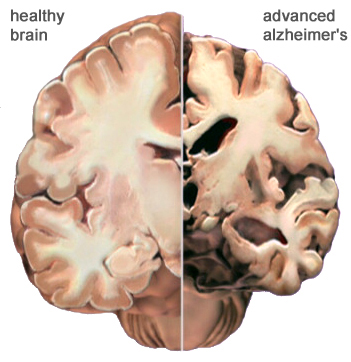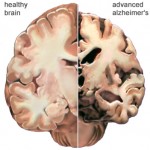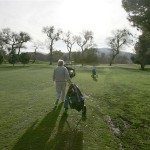Coming up with activities for Alzheimer patients is important. People with Alzheimer’s often need distractions and activities to fill up their day. And sometimes the caregiver needs a break. In the early stages of Alzheimer’s, it is important to keep the mind going so it doesn’t shut down. Planning structured, individualized activities that involve and interest the person with Alzheimer’s may reduce many of the more disturbing behavioral symptoms of AD, such as agitation, anger, frustration, depression, wandering or rummaging. As the disease progresses, they stop doing simple tasks and stare into space more and more. Interaction and activity become more and more important.
Below are different ways to distract someone with Alzheimer’s. Health professionals who work with Alzheimer’s patients say therapeutic activities should focus on the person’s previous interests, cue the person to old and recent memories and take advantage of the person’s remaining skills while minimizing the impact of skills that may be compromised. Keep in mind, if something does not work one day, it may the next.
- Puzzles – Depending on how advanced the disease is, a puzzle is a great source of distraction and a good activity for the mind. 100 pieces is a good size. Dollar stores usually carry good ones. Make sure they have a lot of colors. Even a 100 piece puzzle can be challenging if there are too many pieces that are the same color. If needed to leave the patient unattended for a few minutes, this is a great distraction to try. However, this would not work for a longer period of time.
- Walking to the mailbox – Most elderly people I know do not like to take walks. Suggesting to go get the mail makes more sense than going for a walk. Once you get to the mailbox, you can encourage them to go further by checking out something you notice (a pretty flower, your welcome sign, anything)”over there”.
-
Newspaper Jumble/Crossword – These puzzles come every day in the newspaper. We just save them for a rainy day. Or a day when a puzzle isn’t working out. If you want to add interaction you can do the puzzle together. It can motivate an Alzheimer’s patient to try if their caregiver is doing it with them.
- Coloring – Coloring is a good activity to exercise decision making with the colors and precision from staying in the lines. Also, coloring can be a good stress reliever for the caregiver! There’s just something methodical about it.
- Game Shows – GSN is the Game Show Network and has nothing but game shows all day long. Watch them together sometimes and encourage the answers to come in to their mind by refocusing on the television.
- Folding Clothes – Towels are the best thing to fold because they are the easiest. One shirt could be folded completely different than another one, but they are folded and a feeling of purpose is given.
- Math Problems – print out pages of math problems online for the patient to figure out. It’s good exercise for their mind and a quick distraction.
-
Exercise – Slowly raising the arms a few times, bending at the knees, bending from side to side a few times is all that is needed and its good for circulation.
- Yahtzee – You may have to say, “roll the dice” every time but concentration will be placed on the game and not on other worries. Another game might work too, like Gold Fish or 21.
- Afternoon Drives – Just the change of scenery is enough sometimes to put a smile back on a worried face.
- Therapeutic gardens, specially maintained gardening facilities that help people remain connected with nature, provide benefits for a wide variety of people who are ill or recovering from illness. They are used to help people recovering from
surgery in healthcare facilities, for those who are undergoing physical rehabilitation and for individuals with Alzheimer’s disease who are living in special care residences or who are living at home. Research indicates that physical as well as visual access to nature helps people recover from illness quicker, reduces stress and lowers blood pressure. Spending time outside helps a person maintain circadian rhythms (the sleep/wake cycle). There is also natural absorption of vitamin D when exposed to sunlight for brief periods of time, which is important for maintaining strong bones.
Access to outdoor environments, in specially designed gardens can be beneficial to the physical, social, psychological and spiritual health of a person. A therapeutic garden can provide exercise to a patient through normal activities such as planting, weeding, walking and bending. Many of the same activities that occur inside a residence can be continued outdoors. For example, having access to a putting green is a good activity for people who have played golf throughout their lives. Adding play equipment to a garden will give visitors something to do with the resident while they visit. These are elements of a garden that help a person stay connected to the world around them. Therefore, everyone who uses the garden will benefit.
The days can get long for someone with Alzheimer’s and for the caregivers caring for them. Try these simple distractions whenever one is needed. Stepping back will place a new light on the situation.



